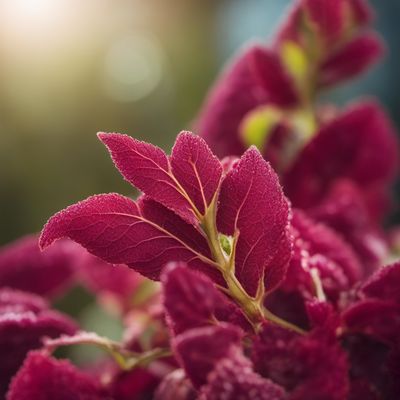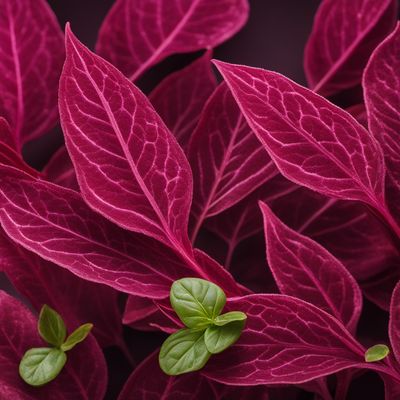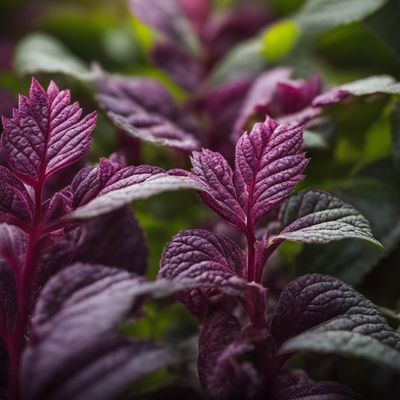
Ingredient
Chinese amaranth leaves
Vibrant Greens: Exploring Chinese Amaranth Leaves
Chinese amaranth leaves are characterized by their vibrant green color, tender texture, and mild, slightly earthy flavor. They have a similar taste to spinach but with a hint of sweetness. These leaves are commonly used in stir-fries, soups, and salads.
Origins and history
Chinese amaranth leaves have a long history in Chinese cuisine and are believed to have originated in Southeast Asia. They have been cultivated for centuries and are highly valued for their nutritional content and versatility in cooking. These greens are often associated with health and vitality in traditional Chinese medicine.
Nutritional information
Chinese amaranth leaves are low in calories and rich in essential nutrients such as vitamins A, C, and K, as well as folate and iron. They also provide dietary fiber and antioxidants, making them a nutritious addition to meals.
Allergens
There are no known allergens associated with Chinese amaranth leaves.
How to select
When selecting Chinese amaranth leaves, look for vibrant green leaves that are crisp and free from wilting or yellowing. Avoid leaves with signs of damage or discoloration. Opt for organically grown varieties if possible to minimize exposure to pesticides.
Storage recommendations
To maintain the freshness of Chinese amaranth leaves, store them in a plastic bag or airtight container in the refrigerator. They can stay fresh for up to a week. Avoid washing the leaves until you are ready to use them to prevent moisture buildup and wilting.
How to produce
Chinese amaranth leaves can be easily grown in home gardens or containers. They thrive in well-drained soil and require regular watering. Sow the seeds directly in the garden or start them indoors and transplant them once they have developed a few leaves. Harvest the leaves when they are young and tender for the best flavor and texture.
Preparation tips
Chinese amaranth leaves can be used in a variety of dishes, including stir-fries, soups, salads, and even smoothies. They can be sautéed, steamed, or blanched. Add them towards the end of cooking to retain their vibrant color and crisp texture. They pair well with garlic, ginger, soy sauce, and sesame oil.
Substitutions
Spinach, Swiss chard, or kale can be used as substitutes for Chinese amaranth leaves. While they may not have the exact same flavor, they offer a similar texture and nutritional profile.
Culinary uses
Chinese amaranth leaves are commonly used in Chinese cuisine, particularly in stir-fries, soups, and hot pot dishes. They can also be added to salads or used as a garnish. These greens are versatile and can be incorporated into various Asian-inspired dishes.
Availability
Chinese amaranth leaves are commonly available in China, Southeast Asia, and Asian grocery stores worldwide.
More ingredients from this category
Recipes using Chinese amaranth leaves

Taiwanese-style Caesar Salad
Taiwanese Caesar Salad: A Fusion of East and West

Filipino-style Tuna Sinigang
Savory and Tangy Tuna Sinigang: A Filipino Delight
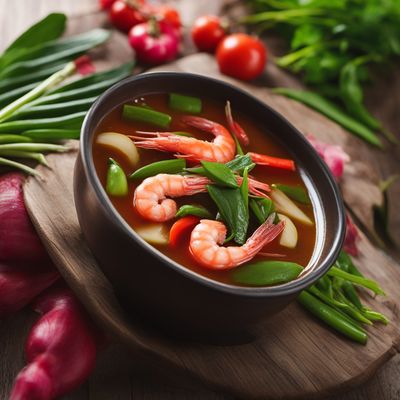
Sinigang Shrimp Soup
Tangy Delight: Sinigang Shrimp Soup

Stracciatella Soup
Velvety Egg Drop Soup with Parmesan and Spinach

Pitod ka Saag
Savory Gram Flour Dumplings in Spiced Spinach Gravy

Sinigang with a Twist
Tropical Sour Soup: Sinigang with a Burst of Flavor
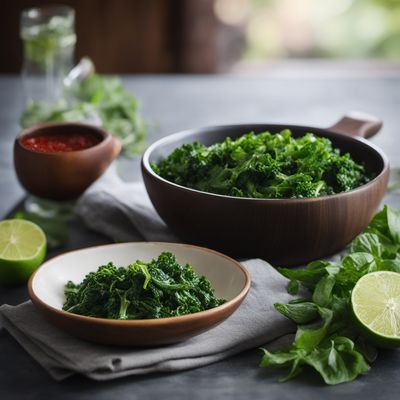
Solomon Islands Greens with Coconut
Tropical Delight: Solomon Islands Greens Infused with Creamy Coconut
